In the American Educator journal for last Fall, a pieced was published titled ‘Bonding Through Music’ by Patricia Shehan Campbell. Here are a few quotes from the article about how all teachers can use music to help students express emotions and to add joy to the classroom.
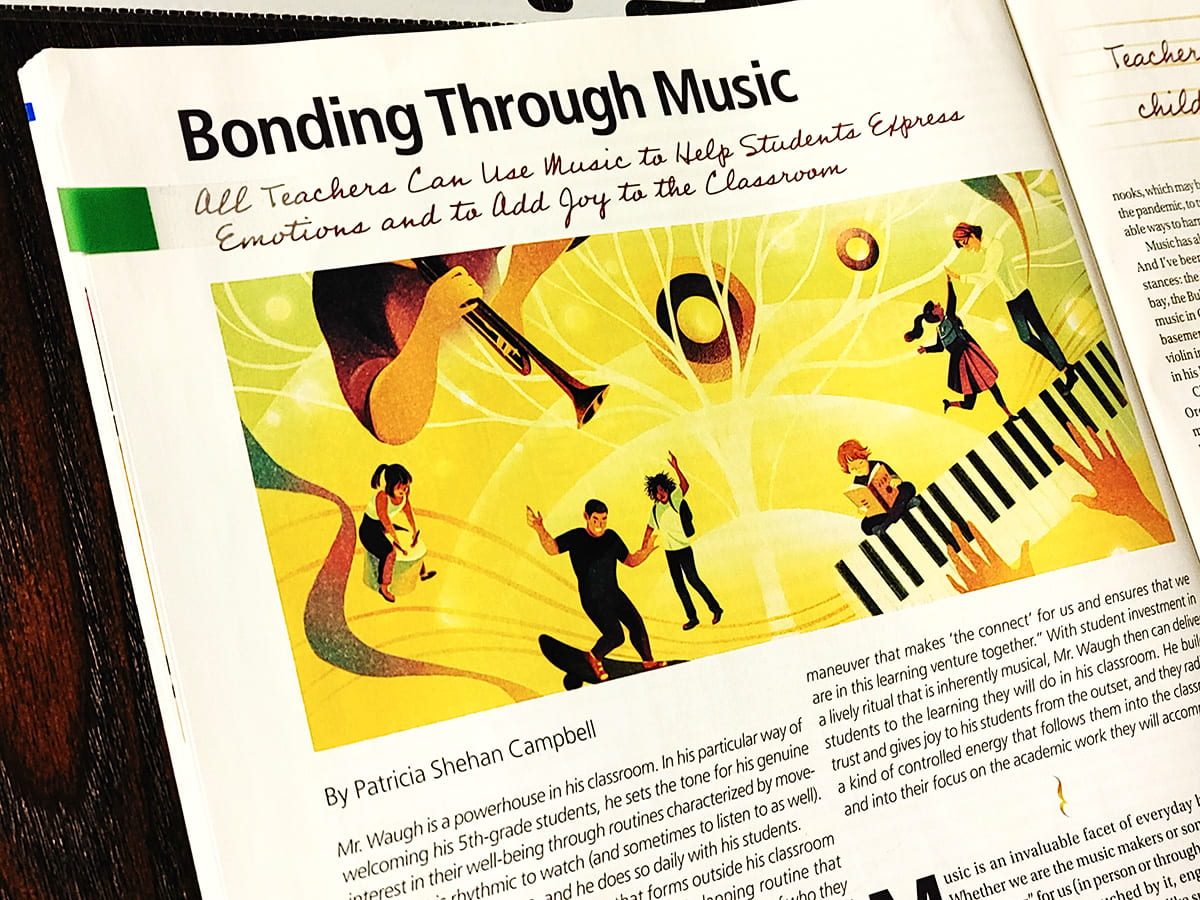
“Music is an invaluable facet of everyday human life. Whether we are the music makers or someone else is “musicking” for us (in person or through our earbuds), we are drawn to it, touched by it, engaged in it, and often captivated by it.”
I think about much of my time in high school and even college living & learning through my headphones. A lot of great memories.
“Teachers of all subjects can educate children in and through music.”
Speaks to all contents.
“…music is at the heart of our humanity. Music is a vehicle for expressing ourselves, for knowing others, and for growing relationships.”
The power of creative expression.
“All teachers can draw from the music in their lives, families, and communities and find ways to share music with their students.”
I think of Hip Hop and its generational impact. Especially with us coming up on year 50!
“Because they were once children, teachers may recall how music enveloped them in their early years and enticed them to engage as listeners, singers, players, and dancers. Many will remember music’s meaningful role in their developing years and feel the hold of particular musical moments or songs on them even today.”
Thinking about our audiobiographies…
“Music also helps increase empathy; in making music together, children learn to regulate emotions and become more aware of other people’s feelings.”
“…the sharing and exchange of songs and musical experiences that are meaningful to children and their families can help build classroom community.”
Article highlights a great idea of creating a listening center in the classroom. A space designated for students who need time away from the overwhelming regimen of academic study. A space to unwind or complete activities with questions that guide a search on the lives of musicians and artist students may know. The way we have independent reading, thinking about independent listening.
“Music helps children focus their attention, think creatively and expressively, retain information, and make transitions from one task, concept, or subject to the next. Music cues activities and behaviors as it enriches individual learning in classroom music centers, makes holiday celebrations more communal and genuine, and enhances schoolwide assemblies.”
“Soothing music can work well at the end of a test or particularly stressful time…”
During state testing season, which seems like all year, thinking about some ideas for the interludes of our days.
“Breaks between subjects or assignments are a necessary relief to a period of intensive focus, and these breaks can be musical mood modulators.”
The article notes, “musical excerpts”.
“In all, music is not an inherited trait so much as a practiced behavior; there is little evidence that expert musicians are uniquely hardwired at birth.”
In a section of the article titled ‘All of Us Have Musical Gifts’.
“Music also plays a key role in providing a safe place for venting emotions, developing empathy, and stimulating the creative imagination.”
“Live and recorded music permeate life, and they also slide smoothly into the nooks and crannies of language arts, social studies, math, and science, potentially making learning more compelling and enduring.”
“Sometimes, silent reading can be complemented by soft, tranquil music wafting through the room…”
I like this idea for thinking about what the soundtracks are for some of our reading materials.
“Poetry and music combine in songs, and as literary forms, songs convey inspiration, celebration, history, myth, and cultural comment – building a bridge to social studies…And the poetry of Hip Hop like Blackalicious’s ((First in Flight)) can empower and uplift students and help them explore issues impacting their communities.”
Gil Scott-Heron just crossed my mind. Whattup Gil!
“Going deeper into social studies, children can develop meaningful insights into the study of history, culture, relationships, and social responsibilities through experiences that take them over time and across worlds in songs and instrumental music.”
Especially on a global scale through world geography & history. Look up Radiooo, the musical time machine. The article references the Smithsonian Folkways Recordings and the Star Songs and Constellations Curriculum at the Global Jukebox.
“From Afghanistan to Zimbabwe and nearly everywhere in between, these rich resources help students develop cultural understanding of the common and distinctive features of the human condition across time and place.”
There’s also a great section here on Music, Math and Science.
“Musical experiences can make learning more colorful, lively, and fun.”
“Never let it be said that music belongs only to the prodigies. Music lives in all of us: in our voices, our bodies, and the various human inventions – musical instruments – that function as extensions of our artistic, social-emotional, personal and communal expression. As we have the capacity to receive music, respond to music, perform music and create music, we share music as a characteristic of our humanity. Music brings smiles and tears, energy and stillness, agitation and peace, joy and wonder. It need not be compartmentalized in schools, nor should it be perceived as inaccessible and unattainable, relegated only to the artist-musician.”
Love this entire paragraph. There’s an even stronger closing to this article. Read the complete article at aft.org/ae/fall2022/campbell
Posted while listening to the Black Market record by Weather Report.
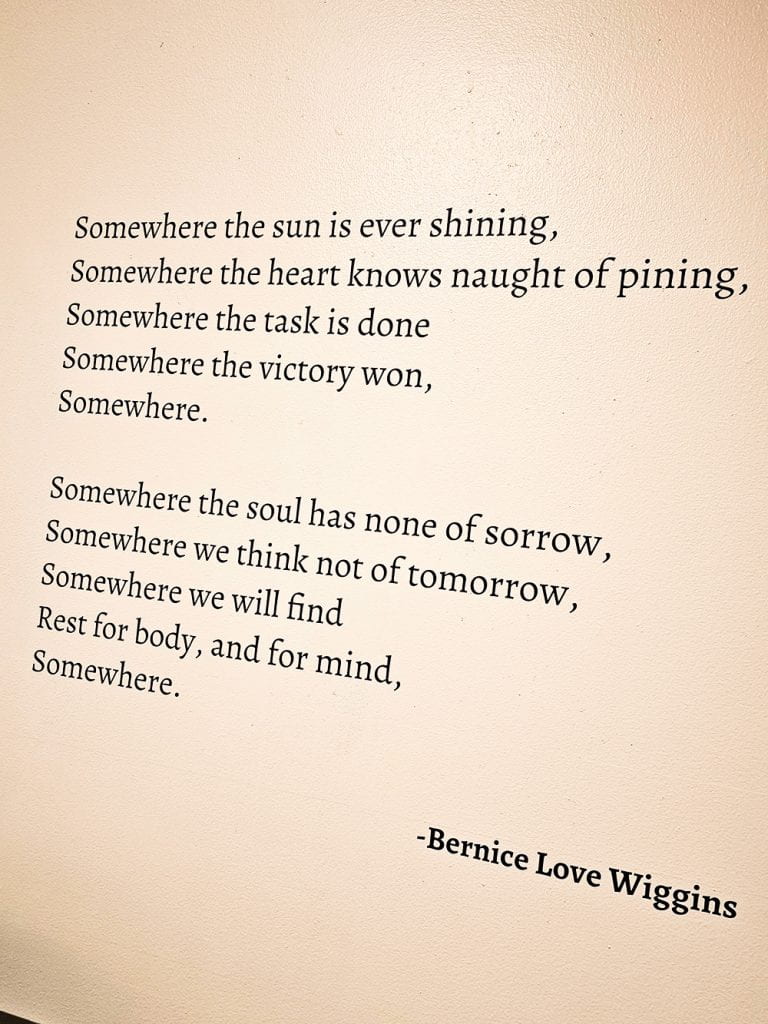 Right away, walking around the corner I noticed the poetry of Bernice Love Wiggins. I was happy to know I’d learn more about Ms. Wiggins as my time through the exhibit continued.
Right away, walking around the corner I noticed the poetry of Bernice Love Wiggins. I was happy to know I’d learn more about Ms. Wiggins as my time through the exhibit continued.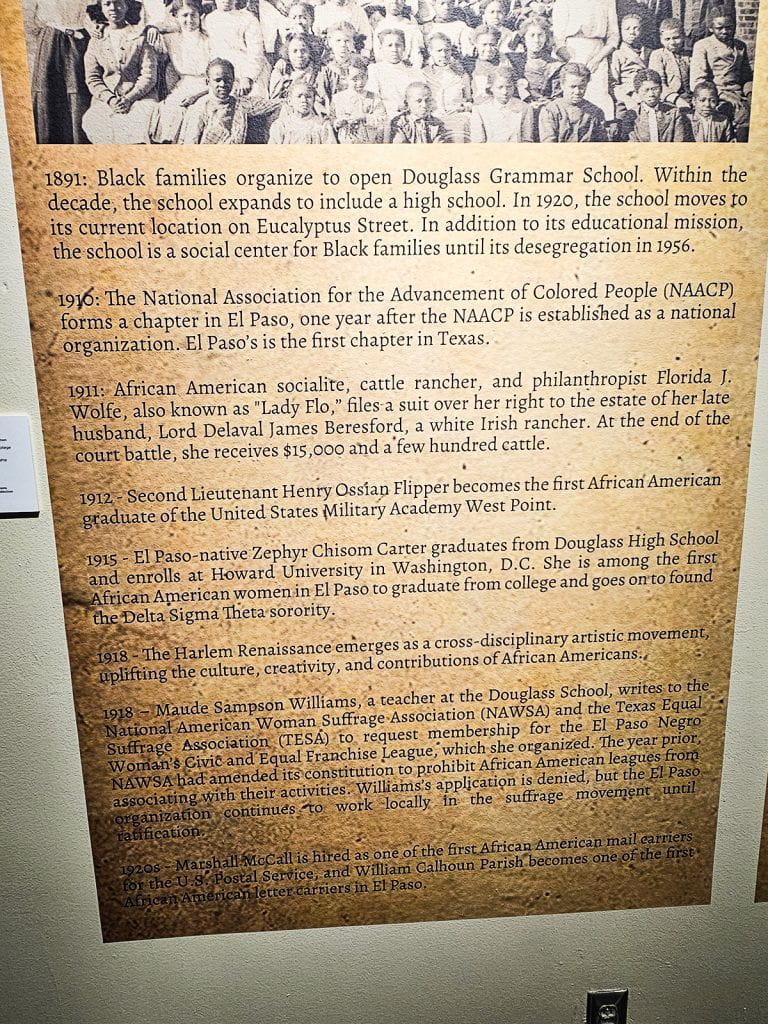
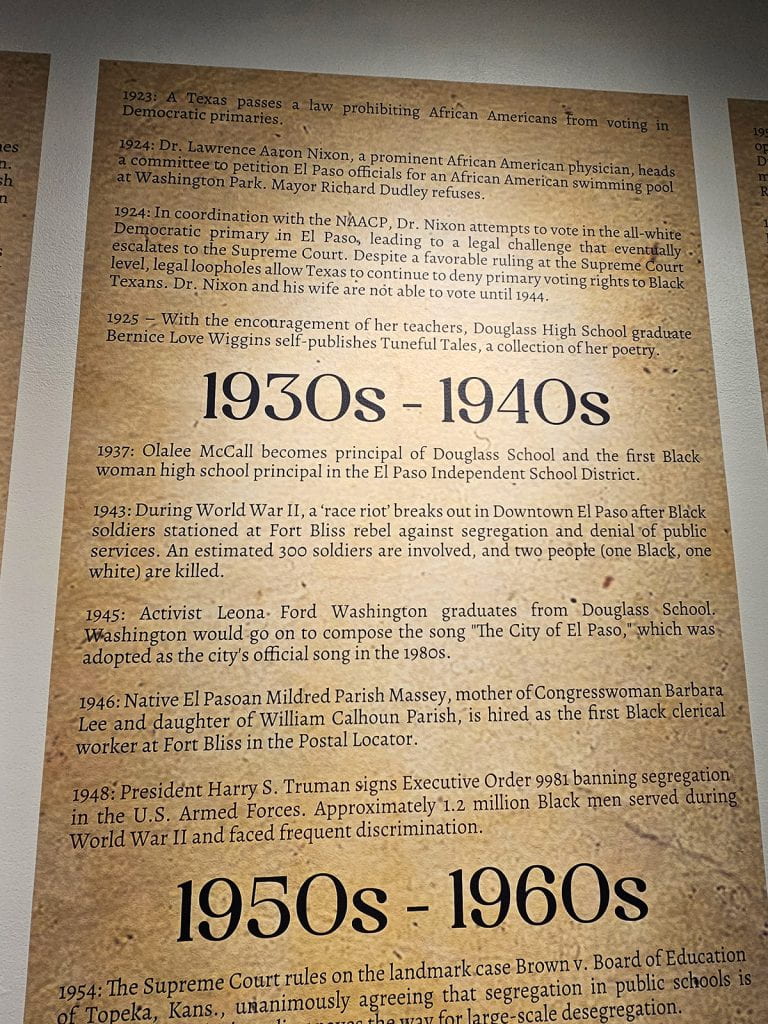
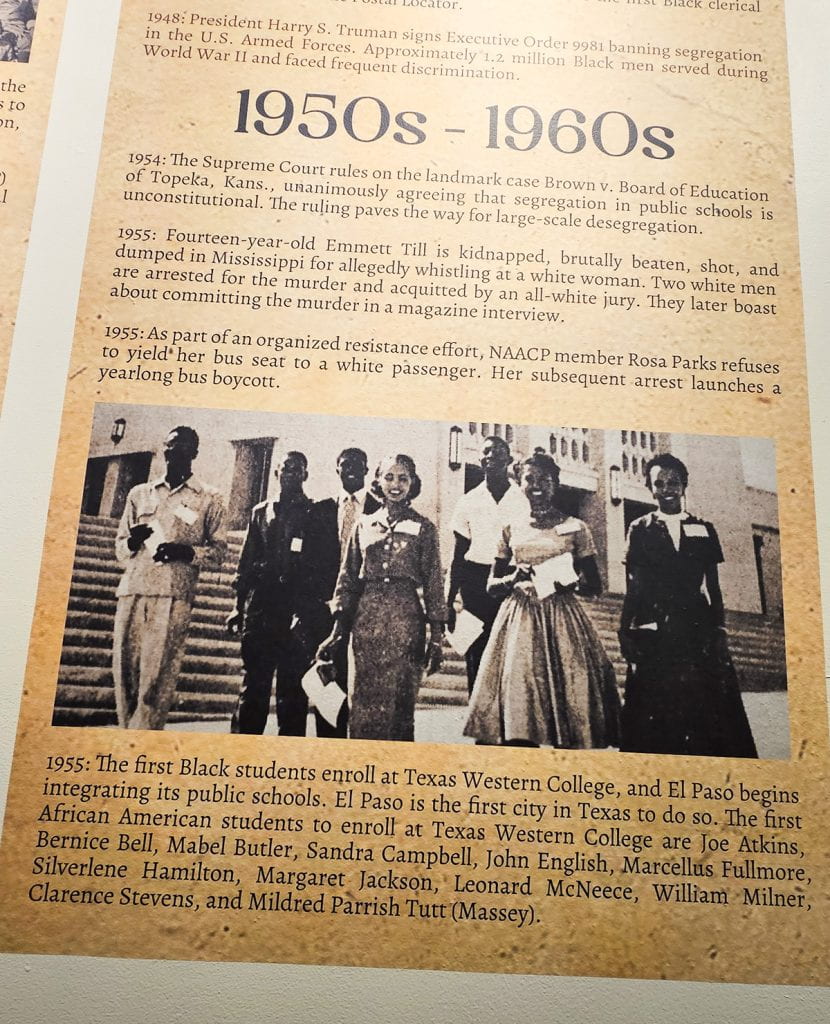
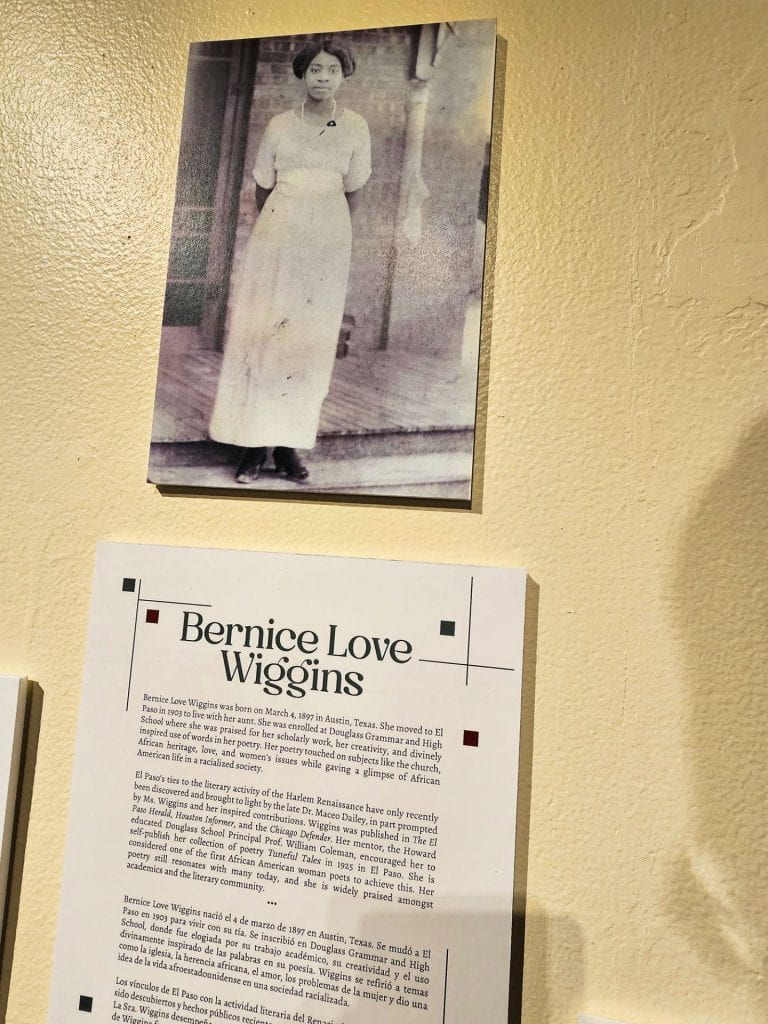
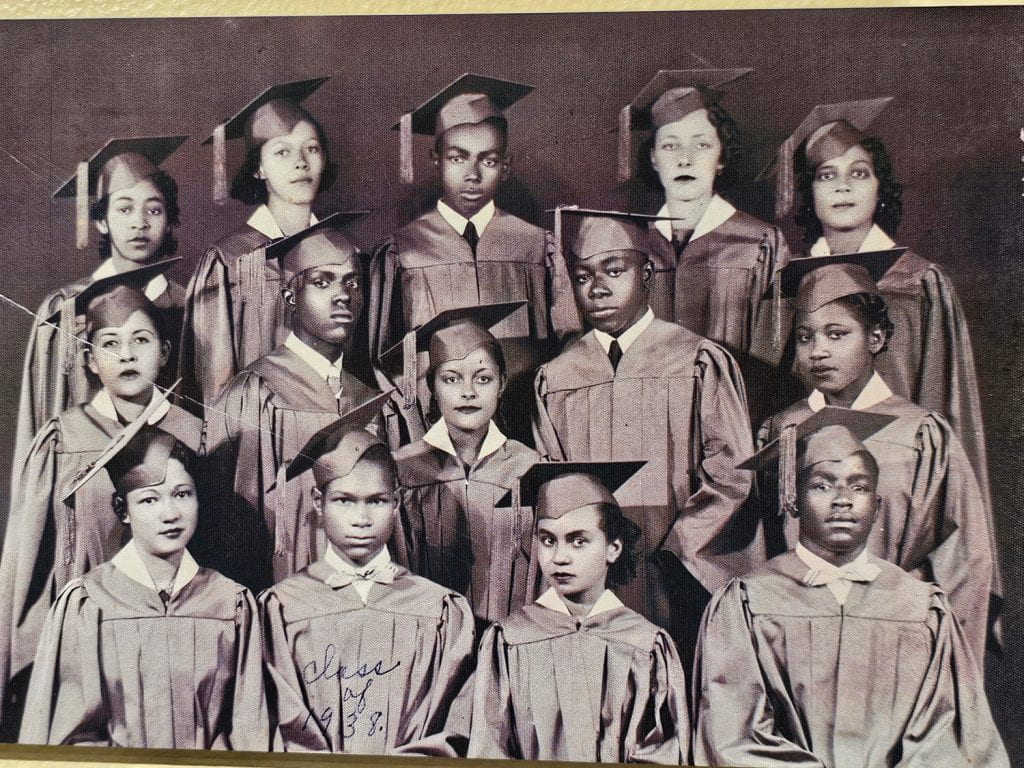
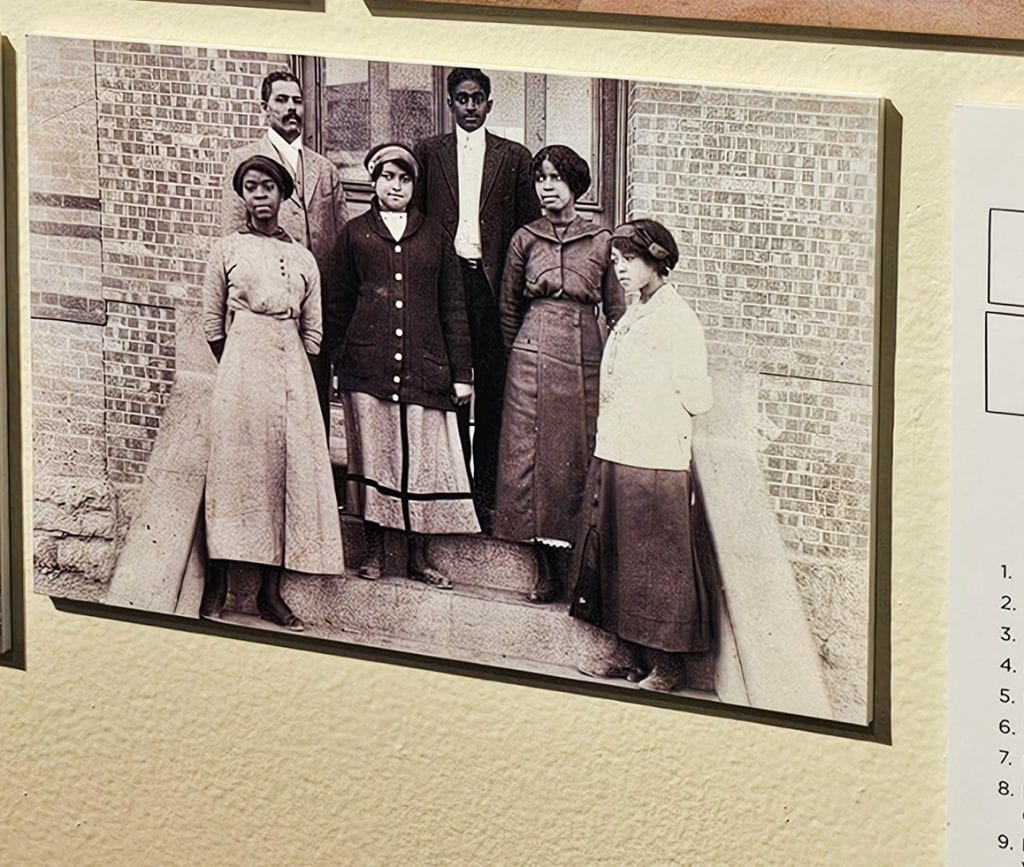
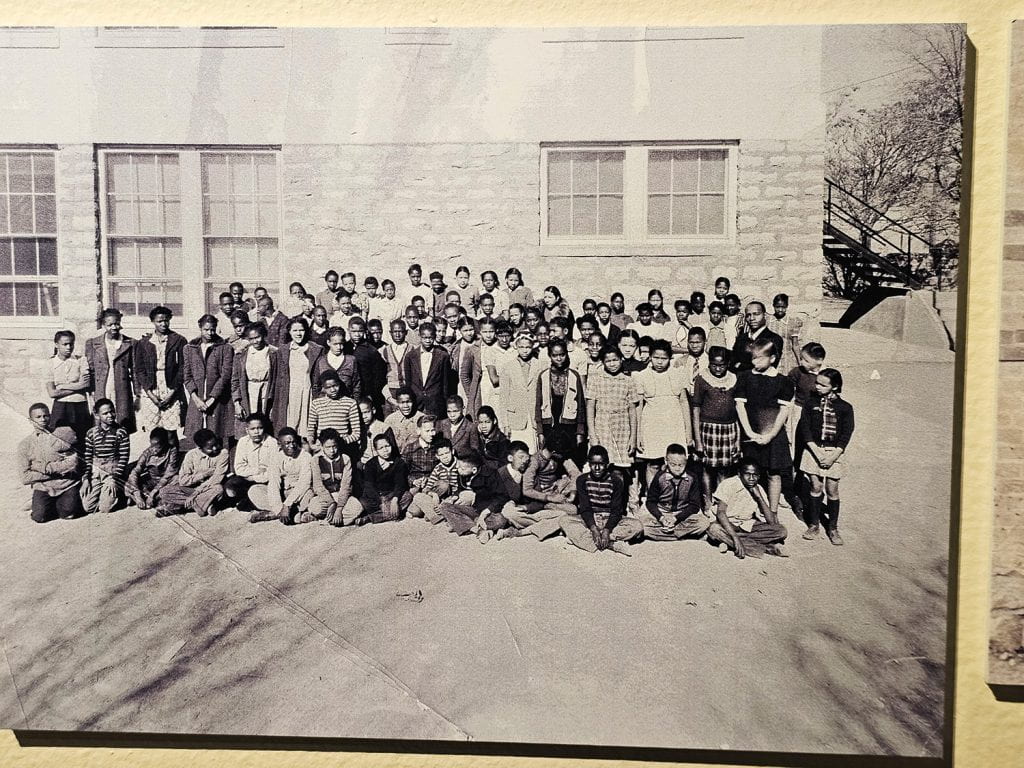
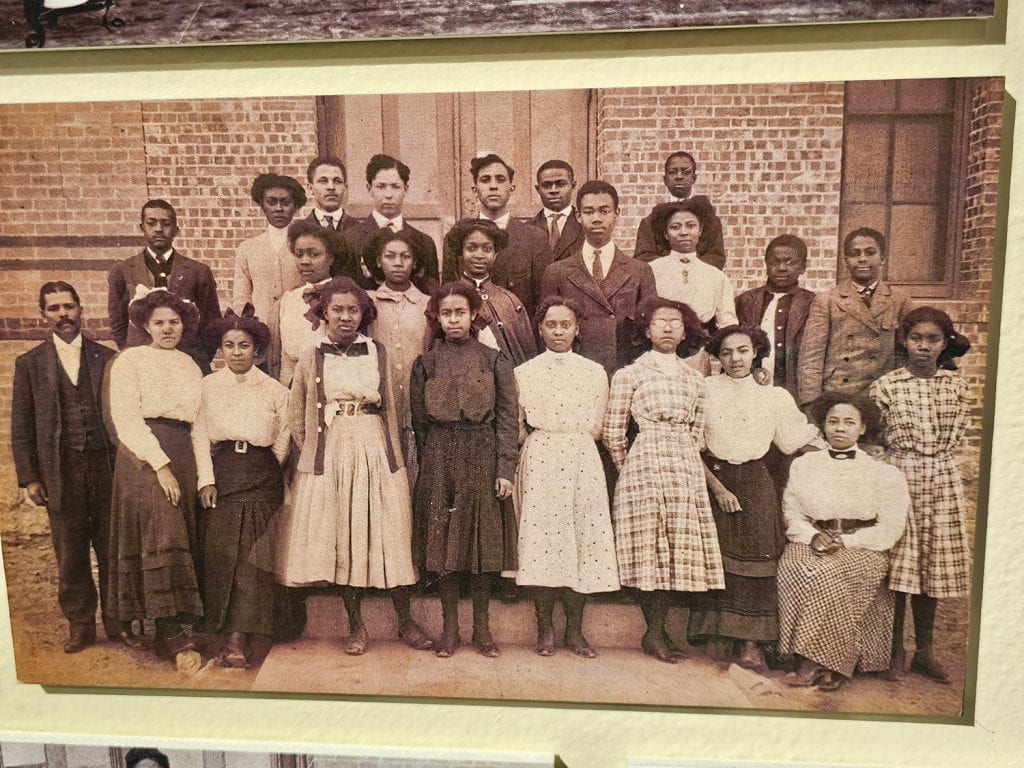
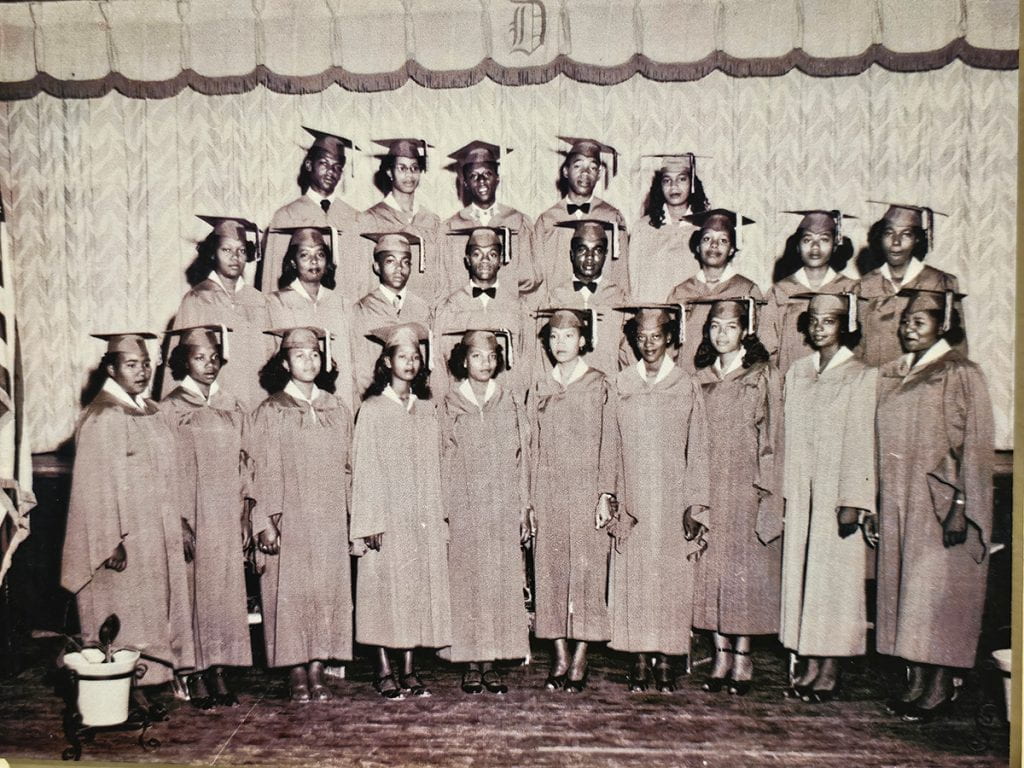


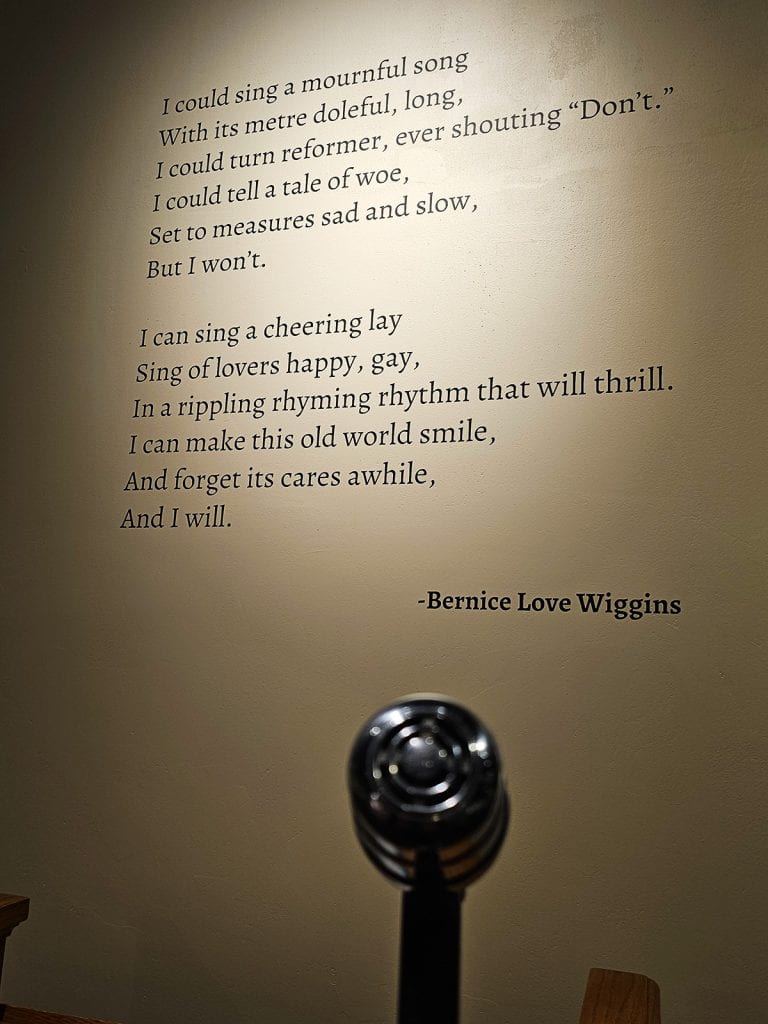


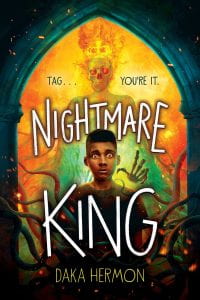

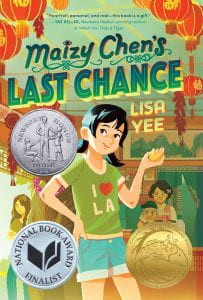
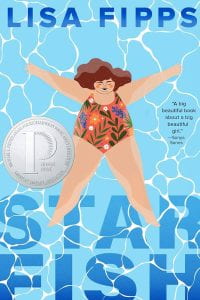


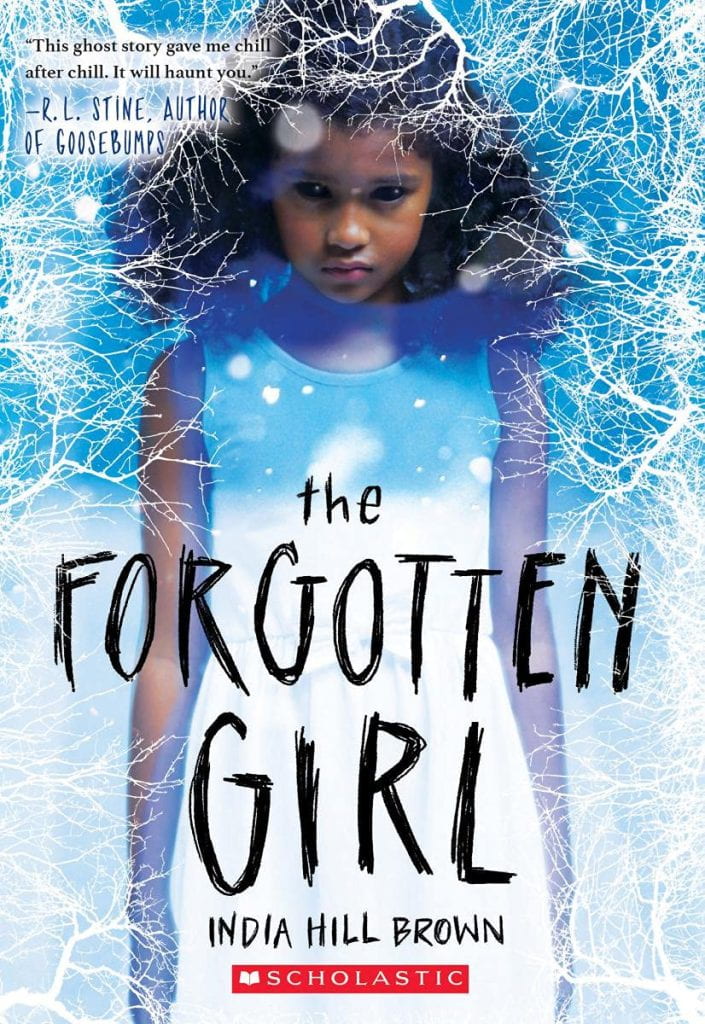

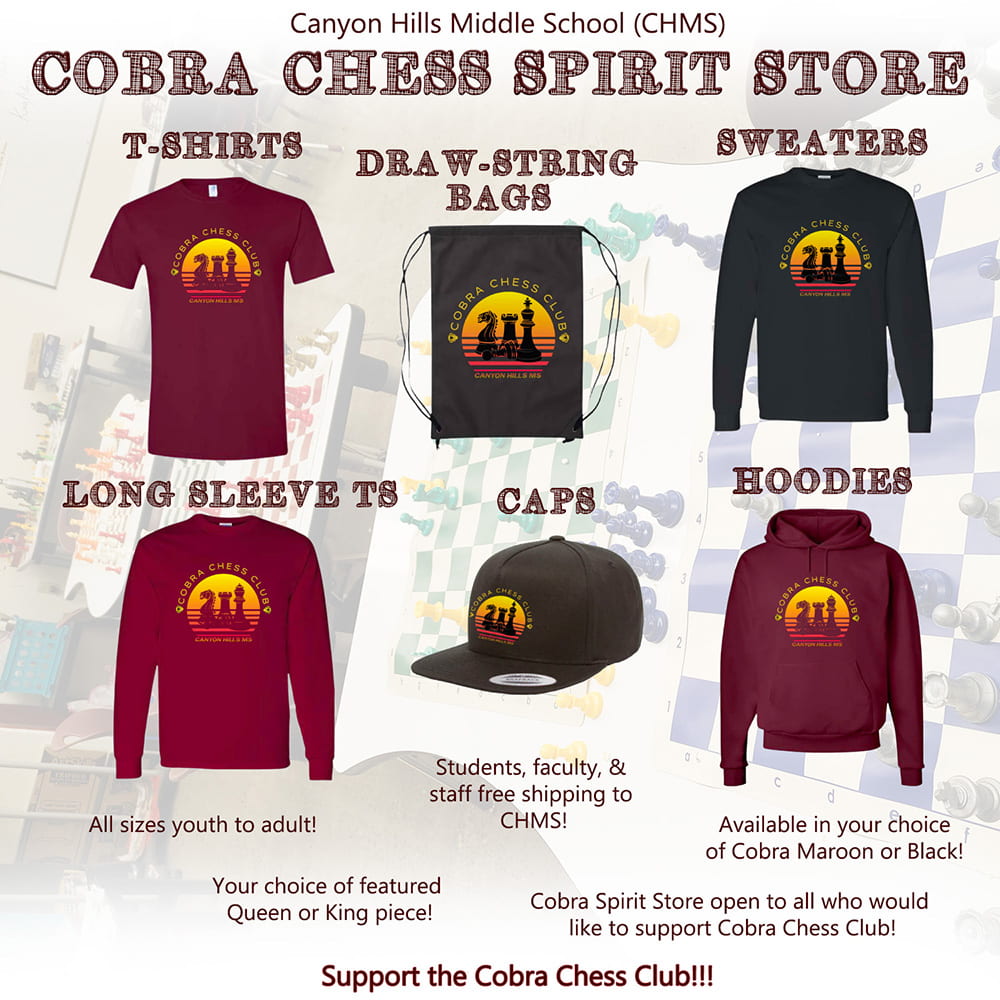
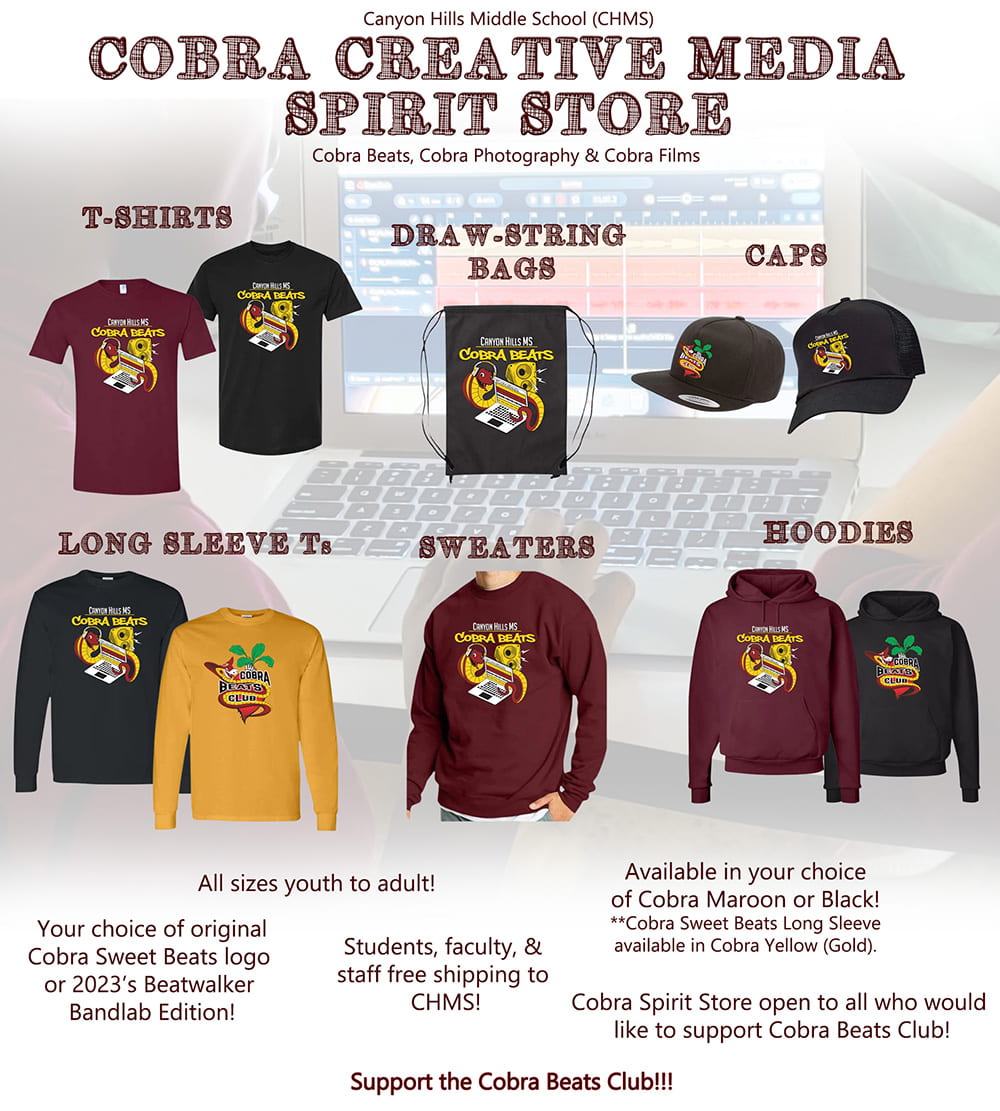

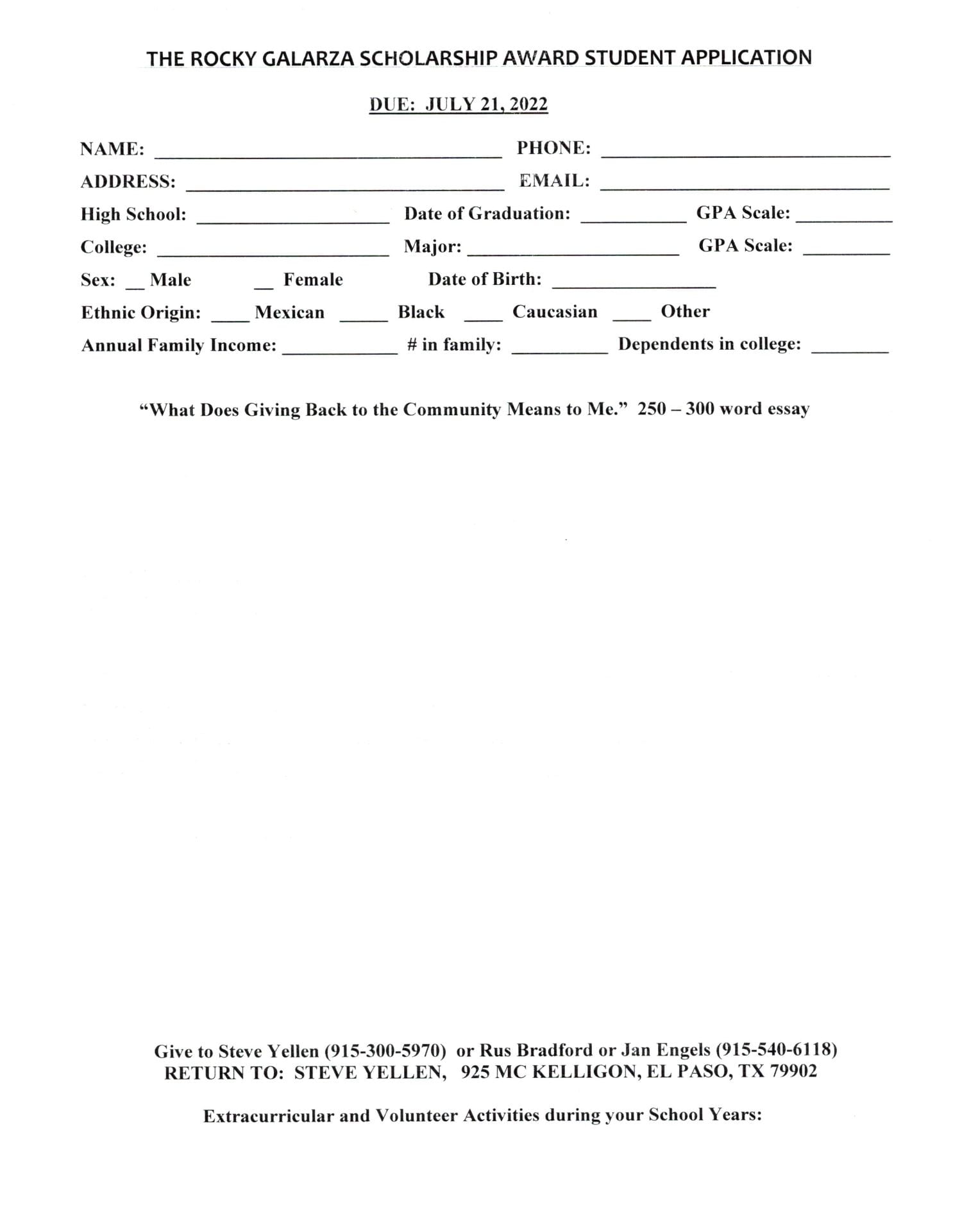
The writing below is included on the Still We Rise exhibit print that was available at the museum’s entrance.
“Still We Rise El Paso’s Black Experience reflects on past and present African Americans in El Paso. Like many African American communities in the United States, much of their history has remained underrepresented. The arrival of El Paso’s black community begun with the arrival of the railroad and soon blossomed after that. In a few decades, their presence was known within the South side neighborhoods and grew to encompass its very own Black Wall Street at the intersections of Alameda and Piedras. A thriving community flourished with churches, restaurants, barbershops, beauty salons, and multiple other businesses that catered to a still segregated Texas. With this empowerment and validity, many key figures gained momentum in the Civil Rights Movement which later made El Paso a leader in integration and equal rights in Texas. It was until the Federal Aid Highway Act that built the current Interstate to where a majority of businesses and residences were demolished. Despite the loss of space, the community continued to thrive through their churches, community centers, outreach groups, and led to many citizens holding big roles within civic and social realms.
The exhibition gathers personal memories, objects and sense of place from local African American leaders and gives an inside look of resistance and resiliency through the 20th century here in El Paso.”